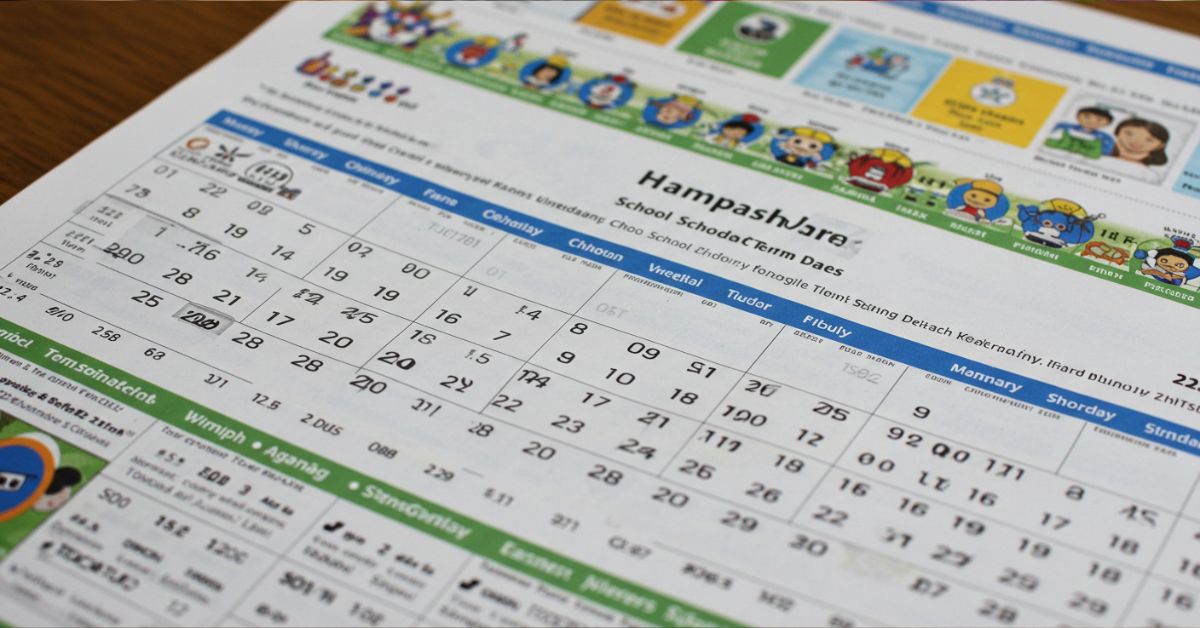Bajo quintos, an essential part of Texas and Mexican musical traditions, carry a rich cultural history that resonates deeply with the identity of the people in the region. These small but mighty instruments have evolved over centuries, giving birth to a unique sound that connects generations of musicians and fans. This article delves into the history, features, and relevance of the bajo quinto, examining how it continues to influence music and culture in modern times.
What Is a Bajo Quinto?
The bajo quinto is a type of stringed instrument closely related to the guitar. It has 10 strings arranged in five courses (sets of two strings each) and is typically tuned in a way that provides a rich, deep sound. It is particularly popular in traditional Mexican music and is heavily featured in Tex-Mex, Norteño, and Conjunto genres.
Its unique design and sound make it stand apart from the more common guitar. It serves as the backbone in many regional folk bands, providing rhythm and melody that hold the music together. The bajo quinto’s role in folk and regional music can be compared to that of the bass guitar in modern pop or rock bands, though its function and tonal quality are distinct.
History of the Bajo Quinto
The origin of the bajo quinto is traced back to the Mexican border regions, where the instrument was first developed as an adaptation of the traditional European guitars brought to the New World. Its roots lie in the blending of Spanish and Indigenous influences, which birthed the unique hybrid musical styles that would later define Mexican and Tex-Mex music.
During the 19th century, instruments like the bajo sexto, a 12-string guitar-like instrument, were common in northern Mexico. As music evolved and regional tastes changed, the bajo quinto emerged as a more compact and practical alternative. Musicians sought an instrument that could still produce a rich, full sound but was easier to handle and more suitable for accompanying vocals in smaller bands. The smaller, more manageable bajo quinto filled this role, eventually becoming a staple of regional music in both Mexico and Texas.
Features and Design of the Bajo Quinto
The construction of the bajo quinto is a key factor that contributes to its distinct sound. While its body and overall shape resemble a guitar, several features set it apart. Here’s a breakdown of what makes the bajo quinto unique:
1. Size and Shape
The bajo quinto is slightly larger than a standard guitar but smaller than a bajo sexto. The instrument typically has a body made from wood, with spruce or cedar being common choices for the top. The back and sides are often crafted from mahogany or rosewood, which contribute to its warm tone.
2. String Configuration
As mentioned, the bajo quinto has 10 strings arranged in five courses, each containing two strings. The standard tuning for these courses is often in an open G or C tuning, but there can be regional variations. These tunings are chosen to create a full, resonant sound that complements the melodies of the accordion, another key instrument in Tex-Mex and Norteño music.
3. Neck and Fingerboard
The neck of a bajo quinto is slightly longer than that of a guitar, and it typically has a wider fingerboard. This design allows the player to easily create intricate chord shapes and handle complex fingerpicking patterns. The extra length also contributes to the deep bass tones that the instrument is known for.
4. Sound Quality
The deep, resonant tone of the bajo quinto is one of its most defining features. While it provides rhythmic support, the instrument is also capable of producing melodious lines that complement vocals and other instruments. This makes it versatile enough to play both harmony and melody, depending on the arrangement.
Also read this post: Social Media Girls Forum
The Role of the Bajo Quinto in Tex-Mex and Norteño Music
The bajo quinto plays a pivotal role in the Tex-Mex and Norteño music scenes. These genres blend Mexican folk traditions with elements from other cultures, such as Spanish and American influences. The instrument is a cornerstone in conjunto and norteño bands, where it forms the rhythmic and harmonic base of the music.
Tex-Mex Music
Tex-Mex music is a fusion of Mexican and American musical influences, which emerged in Texas during the early 20th century. Artists like Selena Quintanilla, and groups such as Los Tigres del Norte, have brought Tex-Mex music into the mainstream. In Tex-Mex ensembles, the bajo quinto functions as the foundation of the music, supporting the melodic lead of the accordion and providing rhythm for the singer.
Norteño Music
Norteño music, also known as “northern music,” originated in northern Mexico and is closely associated with the states of Nuevo León, Coahuila, and Chihuahua. The bajo quinto’s contribution to Norteño music is undeniable, as it provides a strong, rhythmic pulse that complements the accordion’s melodies. Often played in dances, Norteño bands utilize the bajo quinto to anchor the performance and create an irresistible groove that gets crowds moving.
In both Tex-Mex and Norteño genres, the bajo quinto’s primary role is to provide harmony and rhythm, while the accordion often takes the lead with melodic lines. Together, they create an intoxicating blend of sounds that evoke nostalgia, joy, and celebration.
The Popularity of Bajo Quintos in Modern Times
Although the bajo quinto is steeped in tradition, its popularity is far from fading. In fact, the instrument has seen a resurgence in the modern era, as more musicians discover the magic of its sound and its rich cultural history.
Resurgence in Popular Music
In recent years, there has been a growing appreciation for traditional instruments in modern music, with the bajo quintos making a notable appearance in various genres. Its incorporation into contemporary pop and rock music has added a unique flavor to new releases. Artists are blending the deep, resonant tones of the bajo quintos with electronic sounds, creating a fusion of old and new that attracts younger audiences.
Instrumental and Vocal Collaborations
The versatility of the bajo quinto means it can easily be paired with other instruments, such as the accordion, trumpet, and percussion. This collaboration between musicians allows the instrument to showcase its flexibility and make a significant impact in both solo performances and group settings. Whether playing in small intimate venues or large concert halls, the bajo quinto’s powerful tone continues to captivate audiences.
How to Play the Bajo Quinto: Tips for Beginners
If you’re interested in learning the bajo quintos, there are a few tips that can help you get started:
1. Get Familiar with the Tuning
The standard tuning for the bajo quintos is an open G or C tuning, so make sure to learn these tunings first. Tuning the instrument properly is crucial for achieving its distinctive sound.
2. Learn Basic Chords
Once you’ve tuned your bajo quintos, start by learning simple chords. Focus on mastering basic open chords before attempting more complicated fingerings. Remember that the fingerboard is wider, so don’t rush your progress—practice is key.
3. Practice Rhythmic Patterns
Since the bajo quintos serves as a rhythm instrument, it’s essential to practice different strumming and picking patterns. Focus on creating steady, consistent rhythms that complement other instruments in the ensemble.
4. Play Along with Music
One of the best ways to learn is to play along with recordings of Tex-Mex or Norteño music. This will help you get a feel for the style and understand how the bajo quinto fits into the overall sound.
Comparison Chart: Bajo Quinto vs. Bajo Sexto vs. Guitar
To understand the distinct characteristics of the bajo quintos, it’s helpful to compare it to similar instruments, such as the bajo sexto and the guitar.
| Feature | Bajo Quinto | Bajo Sexto | Guitar |
| Number of Strings | 10 (5 courses of 2 strings) | 12 (6 courses of 2 strings) | 6 (single strings) |
| Size | Medium (larger than guitar) | Larger than bajo quinto | Varies (usually smaller) |
| Primary Role | Rhythm and harmonic support | Harmony, rhythm, melody | Melody, harmony, rhythm |
| Tuning | Open G or C | Open D or G | Standard EADGBE tuning |
| Usage | Traditional music (Tex-Mex, Norteño) | Regional music (Conjunto, Tex-Mex) | Broad range (pop, rock, classical, etc.) |
Conclusion
The bajo quintos remains a powerful symbol of regional identity, cultural heritage, and musical innovation. From its roots in the borderlands of Mexico and Texas to its continued prominence in modern music, the instrument exemplifies the fusion of tradition and contemporary influence. As it continues to inspire new generations of musicians, the bajo quintos will undoubtedly remain a cornerstone of Tex-Mex, Norteño, and other regional musical traditions for years to come.
Whether you’re a musician looking to explore a new instrument or simply a fan of Tex-Mex and Norteño music, the bajo quintos offers a rich, unforgettable experience that reflects the spirit and soul of the cultures that brought it to life.







